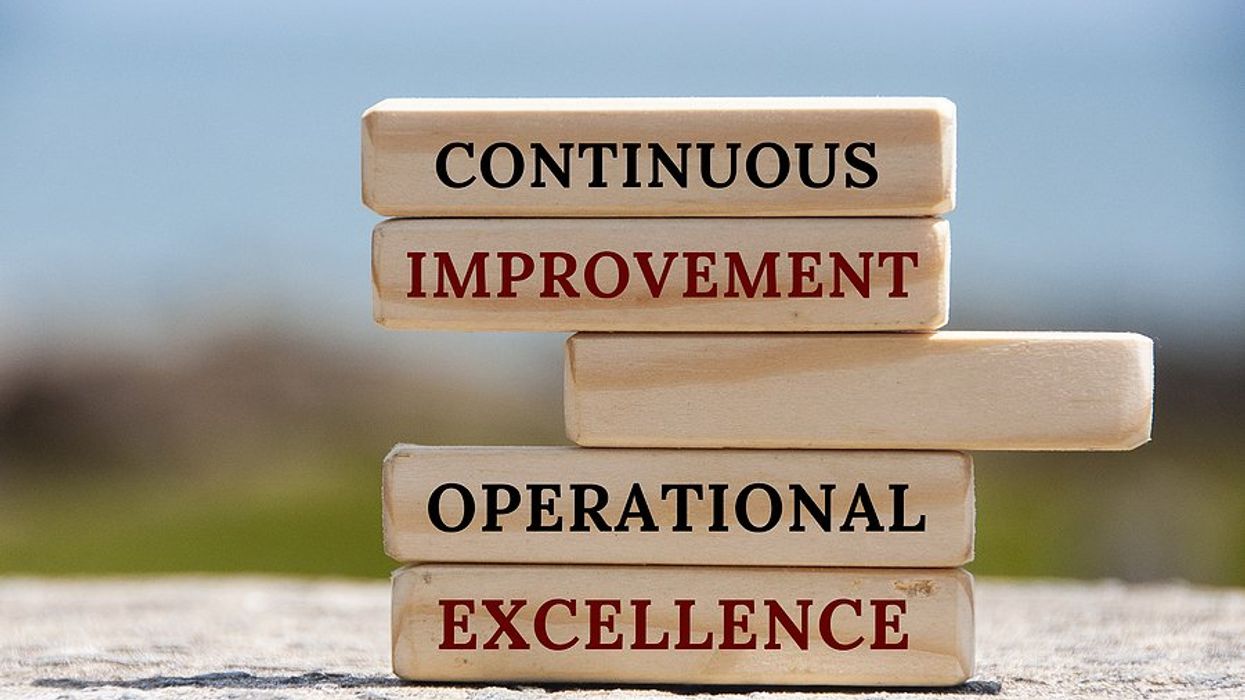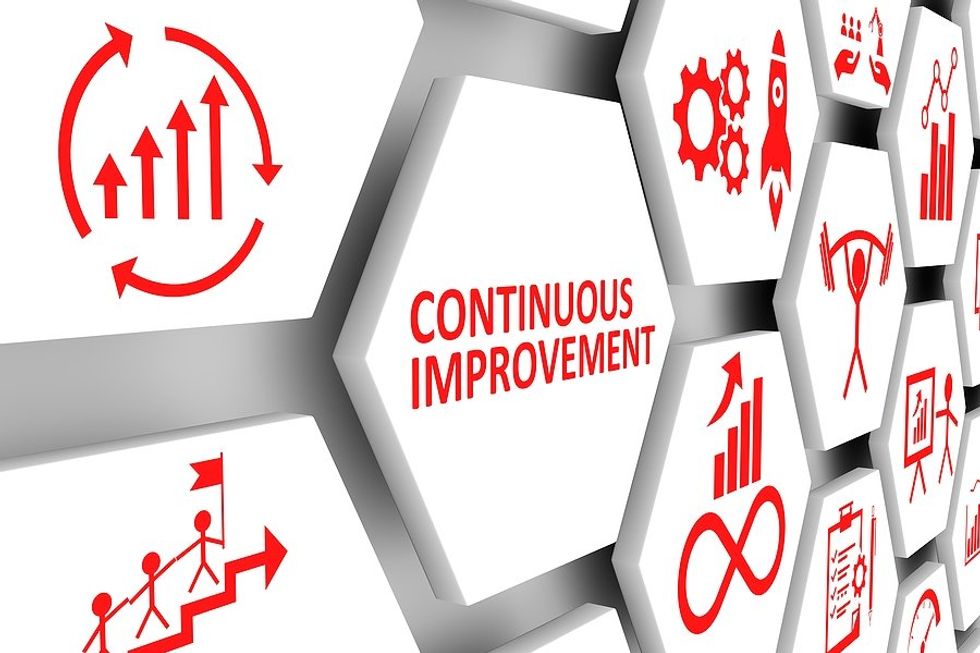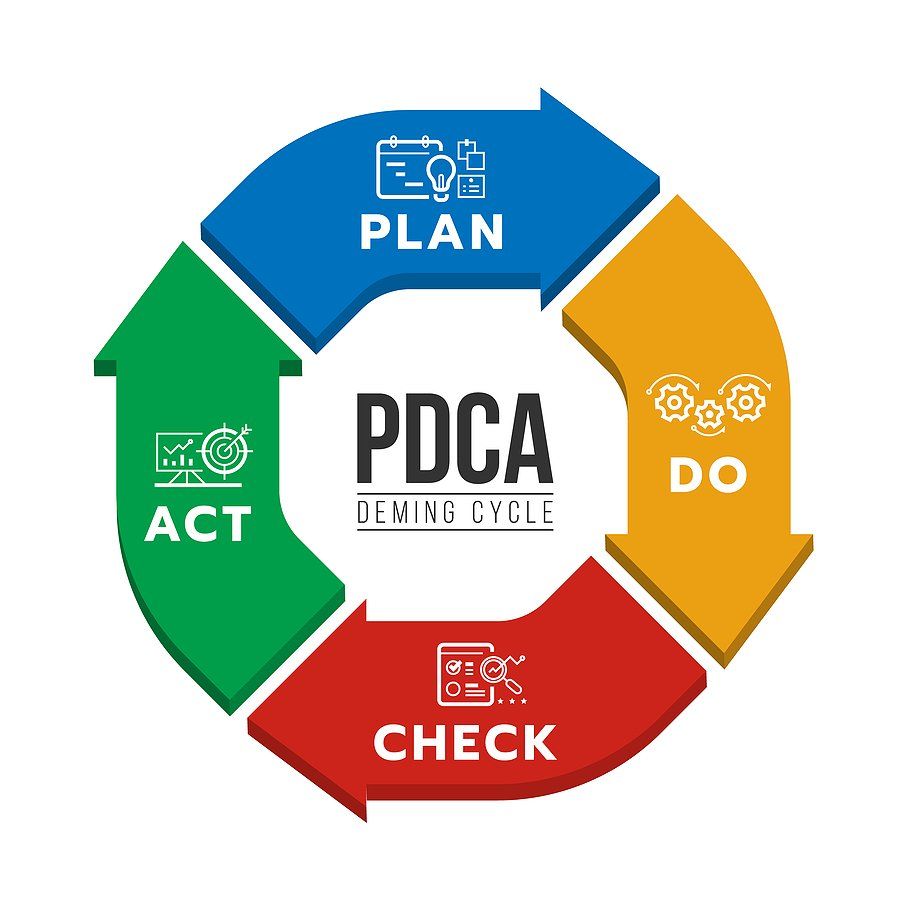Companies are increasingly relying on project managers to not only manage projects but contribute to their organizational sustainability.
Filling The Leadership Void With Project Managers

Bigstock
Where are the leaders?
In the past 30 years, the project management profession has evolved from more of an operational function to that of a true business leadership role. This has been brought about by targeted efforts from the Project Management Institute (PMI), but also by those organizations who realized that their non-project-related business processes were not as effective as they thought. This, coupled with a leadership vacuum that continues to plague our society in almost every area, has elevated the importance of project management to fill this void.
One of the key trends affecting companies' ability to recruit, staff, and maintain leaders is the change in organizational design, not to mention the remote work reality. Managing an ever-changing organization is now increasingly dependent on leaders' ability to adapt in an agile way to meet ever-growing client expectations and faster-evolving technologies.
Companies can leverage their multi-disciplinary project managers to not only meet this challenge but also contribute to business strategies, over-arching risk management, and long-term sustainability, whether in a direct project management role or not.
I myself have ping-ponged back and forth between commercial management, general management, and project management roles over my career, successfully utilizing proven project management techniques in each one. This allowed me to develop and grow at arguably a faster pace than I would have without this foundation.
As an expat for more than 20 years, the project management skill set was also quite useful to help my employers navigate the complexities of working and leading teams in such challenging countries as Brazil and Saudi Arabia.
This is why the profession continues to be one of the top transferable skill sets and why project managers are more in demand than ever. According to a recent study, there will be a worldwide shortage of project managers to the tune of roughly six million positions by 2030.
Risk Management Is Essential For Long-Term Sustainability

Bigstock
It is true that managing risk is a fundamental pillar of project management; however, many companies fall short of exploring risk management techniques as well as applying the risk management process to their business models.
In one instance, the company I worked for applied a simplistic heat map approach to managing risk which relied mainly on biased judgments from those whose inputs were based on historical data and their gut feeling. After all, as business leaders, they were paid to use their expertise and relationships to identify their risks and subsequent risk response strategies. They also only involved the project team once the project was awarded by the client.
While this has merit, it is a limited and purely qualitative approach that does not actually evaluate the risks based on their likelihood to manifest, the corresponding consequences, and associated monetary values. It also does not consider the cost to mitigate these risks nor the other types of risk response strategies such as sharing, avoiding, or transferring them. Finally, it does not calculate the residual values of the risks as some cannot be fully eliminated by employing one of these strategies.
On the same project, the company was very surprised that the sum of all of these values was almost double the amount of contingency that had been considered during the proposal phase.
A key value-add for project management is to perform risk reviews as early as possible, even before the commercial or bidding stage of the project so as to detect any potential risks, from proposal to project close-out. Both risks and opportunities need to be captured in all functional areas, as well as with key suppliers and select customers. In this way, the same risk register is used during the complete cycle and then serves as a lessons-learned asset for future business.
Keeping Your Company Focused By Using A WBS

Bigstock
I have worked for a number of companies with varying degrees of maturity in project management yet I am still amazed by those who struggle to define what work is actually required to manage a project. Aside from not adequately listing the tasks, deliverables, and time frames, they also sometimes misalign or intermingle project activities with operational activities. This obviously creates confusion and additional stress for everyone involved.
Project management provides the work breakdown structure technique (or WBS) which covers 100% of the work and deliverables, but in a more manageable way, while also assigning resources and dates so that proper planning can occur. A project manager's real worth is in developing and adapting the WBS to both the project requirements and organizational structure to cover the complete project cycle.
The project managers are also challenged to define clear roles and responsibilities for each task (RACI) so as to align the stakeholders. This will not only drive accountability but also more effective project execution.
While this sounds very easy and straightforward, the process can be a bit challenging when there is organizational misalignment, frequent client scope changes, and project teams scattered across locations, despite the remote team structures and technologies available.
I have seen cases where even those companies with robust ERP systems such as SAP and ORACLE struggled as they depended on the systems to effectively manage and integrate all of the project and operational activities. Without a skilled project manager and effective proper project set-up (WBS), even the best systems will not miraculously manage the projects by themselves.
As such, adaptability and the ability to quickly change courses (agile) are key skills the project manager should have to optimize project performance while maintaining strong leadership and client satisfaction.
A Structured Technique For The Art Of Stakeholder Management

Bigstock
One area of project management where a project manager really shows his/her value is stakeholder management. It really is an art form that requires not only a structured technique but strong business psychology acumen.
Since the project manager has a complete view of the project, they are in the best position to provide continuous leadership throughout the process so as to effectively align expectations, provide analyses, make more strategic decisions, and contribute to business continuity.
The key to effective stakeholder management is to not only develop a complete list of the key stakeholders but also evaluate the levels of power, influence, and stake that each has in the process. This is where business acumen and, notably, psychology are crucial as reliance on organizational charts alone may not tell the complete story, despite the hierarchy.
I have seen cases where the person at the highest level of an organizational chart had little or no influence at all on the project. The client's technical subject matter expert was actually the one with the true power on the project; by ignoring or understating this fact, the project was blocked on a number of occasions.
Project managers can really add value in the process by becoming involved at the early commercial phases so as to understand the business context, top people involved, as well as the negotiation strategies employed which will be very valuable during identification and processing of Management of Change (MOCs) events.
Networking and interpersonal skills are crucial for a project manager's success as they are usually the single point of contact that most will go to at any given point in time. This can provide invaluable opportunities to gauge real customer satisfaction and identify additional upselling opportunities as well as any potential risks or threats that may impact the project.
The main challenge here is to target the key stakeholders as it is impractical to interface with every single stakeholder on the project. A focused risk and opportunity-based filter would then provide the guidance needed to effectively identify the target groups.
Change Can Be A Good Thing For Project Managers

Bigstock
As the old saying goes, change is a constant. Most project managers are particularly uncomfortable with change as it disrupts the great project plans they developed. This is where a mindset shift can really transform irritating project changes into business opportunities by removing the negative emotion and focusing on the real impacts of the changes.
I worked on a project where a client changed the part number and schedule sequence on a large industrial valve order which was being manufactured by our plant in Italy. The project manager at the plant simply refused to process the change, then arbitrarily issued a 50% processing fee with a six-week schedule impact to dissuade the client from implementing the change, rather than take a level-headed approach to see what other opportunities this could have created for us.
In this case, the change was clear; imagine situations where the change was not even detected by the project team and processed without any charge or schedule adjustment. This happened on another project I worked on where the company did not have a robust WBS nor clear scope to deliver. They preferred catering to the client's needs rather than upsetting them by evaluating the change and determining any impact.
Finally, I worked on a project where the company was extremely well organized and immediately flagged every change, submitting variation order requests to the client. We probably received more than 50 changes on the project and the client became quite irritated at receiving 50 change order requests, rather than grouping the requests together and negotiating fewer amendments.
The MOC process is where a project manager can really shine as it does involve strategic negotiation skills which could impact the long-term relationship with key clients, not to mention operational planning and, frankly, the bottom line.
When involving a project manager during the initial commercial phases, practical MOC language can be introduced to cover how changes will be processed, including agreed time periods and approvals to proceed. The project manager's knowledge of the scope, client, business context, and organizational fit of the project should guide the strategy during execution.
Managing Internal Projects, Process Improvement Initiatives

Bigstock
Everything is a project!
This may seem contradictory to what I mentioned earlier about mixing project and operational activities; but it really means that any specific business endeavor, whether internal or external, can and should be treated as a project, as long as there is a specific deliverable and target date identified.
Many companies have an internal project team or do consider initiatives such as plant expansions, asset pool management, and new office locations as projects that could be managed as projects. This can also be applied to process improvement initiatives which may target all or specific processes and parts of the organization; techniques such as Lean Six Sigma can be quite effective when working directly with the project teams to achieve the desired results.
Personally, I have been involved in a number of internal projects and they have been just as rewarding an experience as client-facing projects. The biggest challenges to internal projects are to ensure that each has a sponsor, a charter is issued, and a dedicated project team is assembled to drive the initiative. Even with these controls in place, accountability always seems to be an issue, mostly due to conflicts with the business, as business continuity cannot suffer as a result of the project. There also may not be a firm budget or hard schedule from which to work, making it difficult to show real progress and evaluate project performance.
In many cases, internal projects are also change management initiatives that require specific skills to successfully implement. Project managers have techniques and actual specific certifications which target organizational transformation and this is a trend that has picked up considerable speed since the COVID-19 pandemic. Forward-thinking organizations will and should rely on the project managers to thus manage these initiatives with these proven techniques while also challenging their top management to be accountable for these results.
Project Managers In The Boardroom

Bigstock
As our profession continues to gain visibility and acceptance, the boardroom has now opened up for project managers and we have jumped right in to show our value to the organization!
One of the most rewarding aspects of my career has been the opportunity to participate in boardroom discussions regarding medium and long-term business strategies. When companies have asked for my input, I have been more than willing to apply project management techniques as well as my experience to contribute to the strategy.
As project managers, we have a natural tendency to walk people through a detailed process so as to gain buy-in, but also to show our level of competency to a certain degree. As natural communicators and, in an effort to ensure the entire situation is properly explained, we sometimes cannot see the forest from the trees.
At the boardroom level, the challenge is to be analytical and strategic while driving our point home in 2-3 PowerPoint slides (the 3 Cs: crisp, clear, and concise). This requires targeted stakeholder management, but also a deep understanding of the intended business objectives. We need to apply the risk management lens, lessons learned techniques, and, yes, not be afraid to question strategies.
We are quite effective at leading brainstorming workshops as we ensure there is a scope and time element to each one, along with the expected outputs (deliverables). The frustrating part can be the desire to get to the finish line in one or two sessions, whereas some initiatives may require several sessions to complete the roadmap.
The other advantage to the board is that we are an external element, yet part of the same company, so we can provide a more objective assessment of the topic or strategic component. The key here is for the project manager to stay on topic yet include a parking lot for issues to be addressed in a different session.
A recent trend is the creation of the chief project officer role which really ties all of this together, including the PMO, to the rest of the organization and those companies who have pursued this are reaping the full rewards!
Value-add has never been more important for companies and project managers can fill many of the current leadership gaps while also leveraging their interdisciplinary skill sets to drive organizational performance and sustainable change.
From Your Site Articles
Related Articles Around the Web














